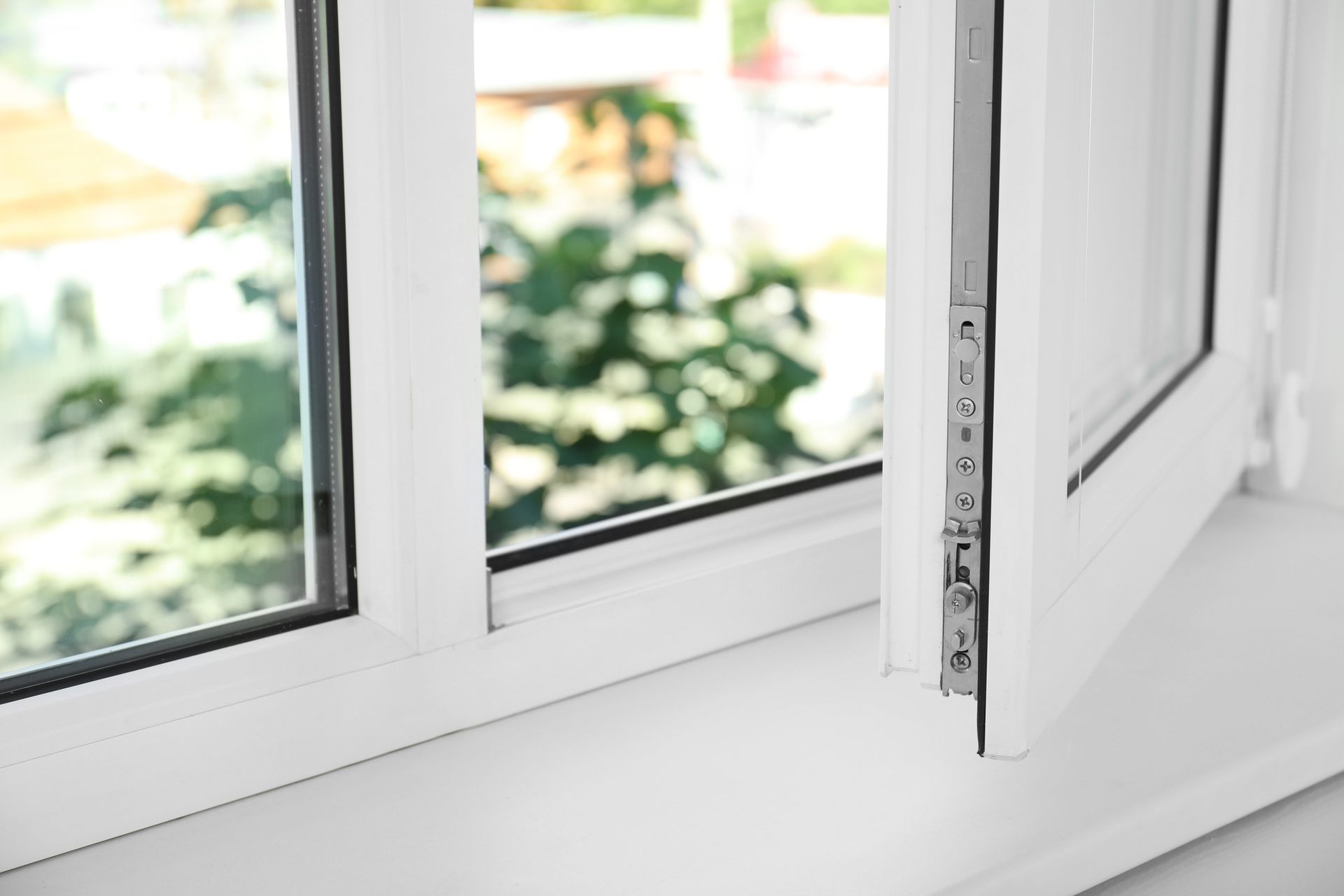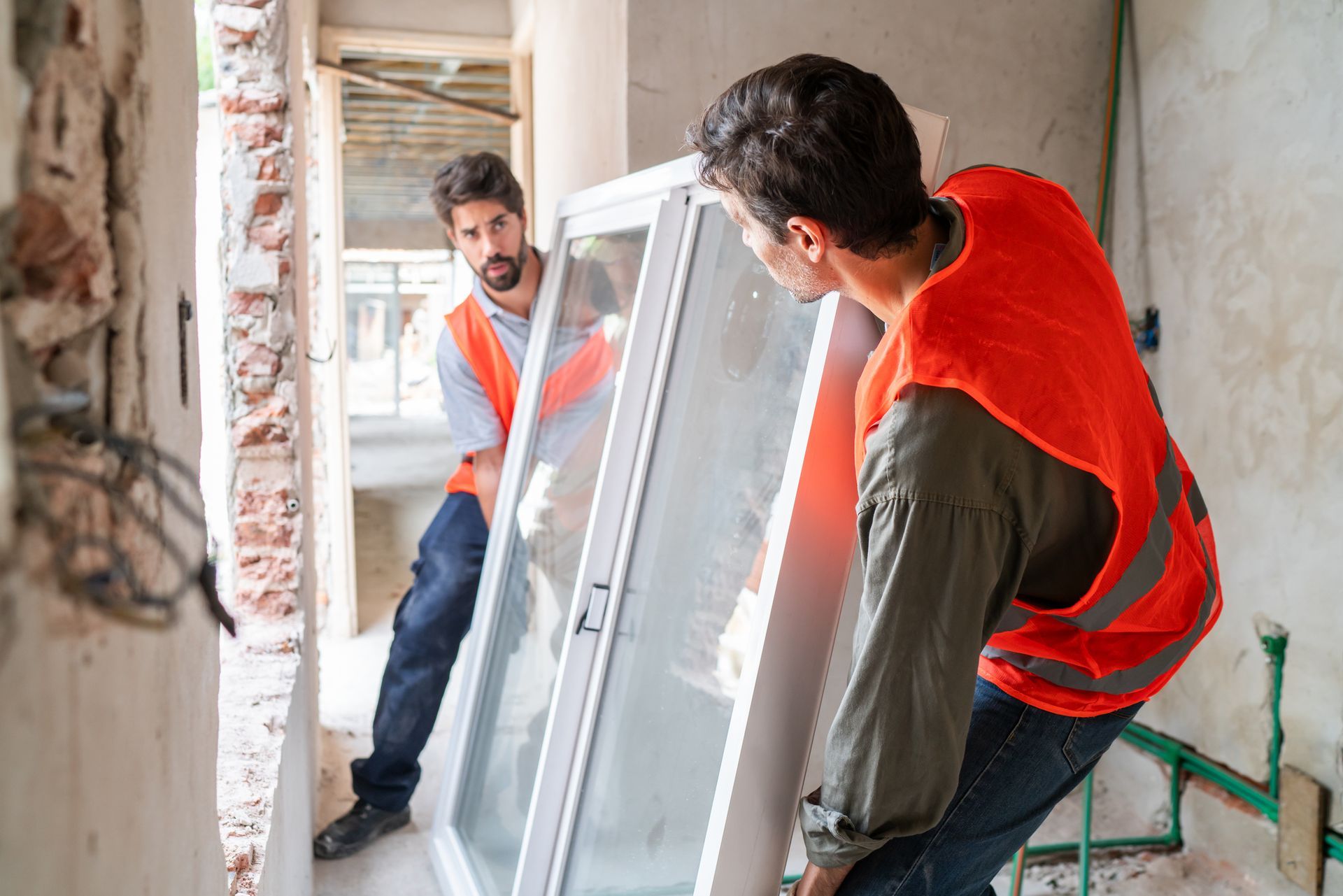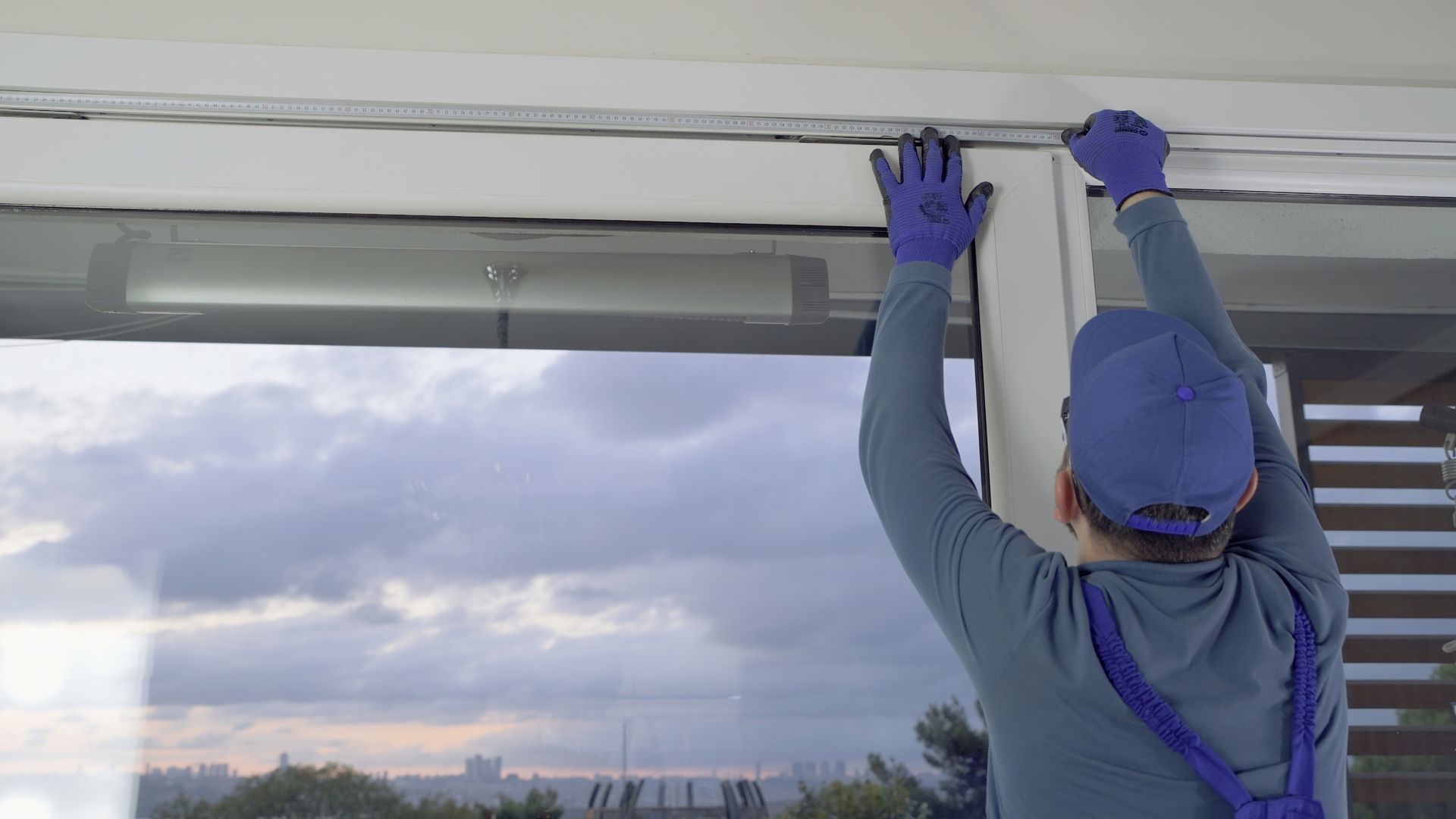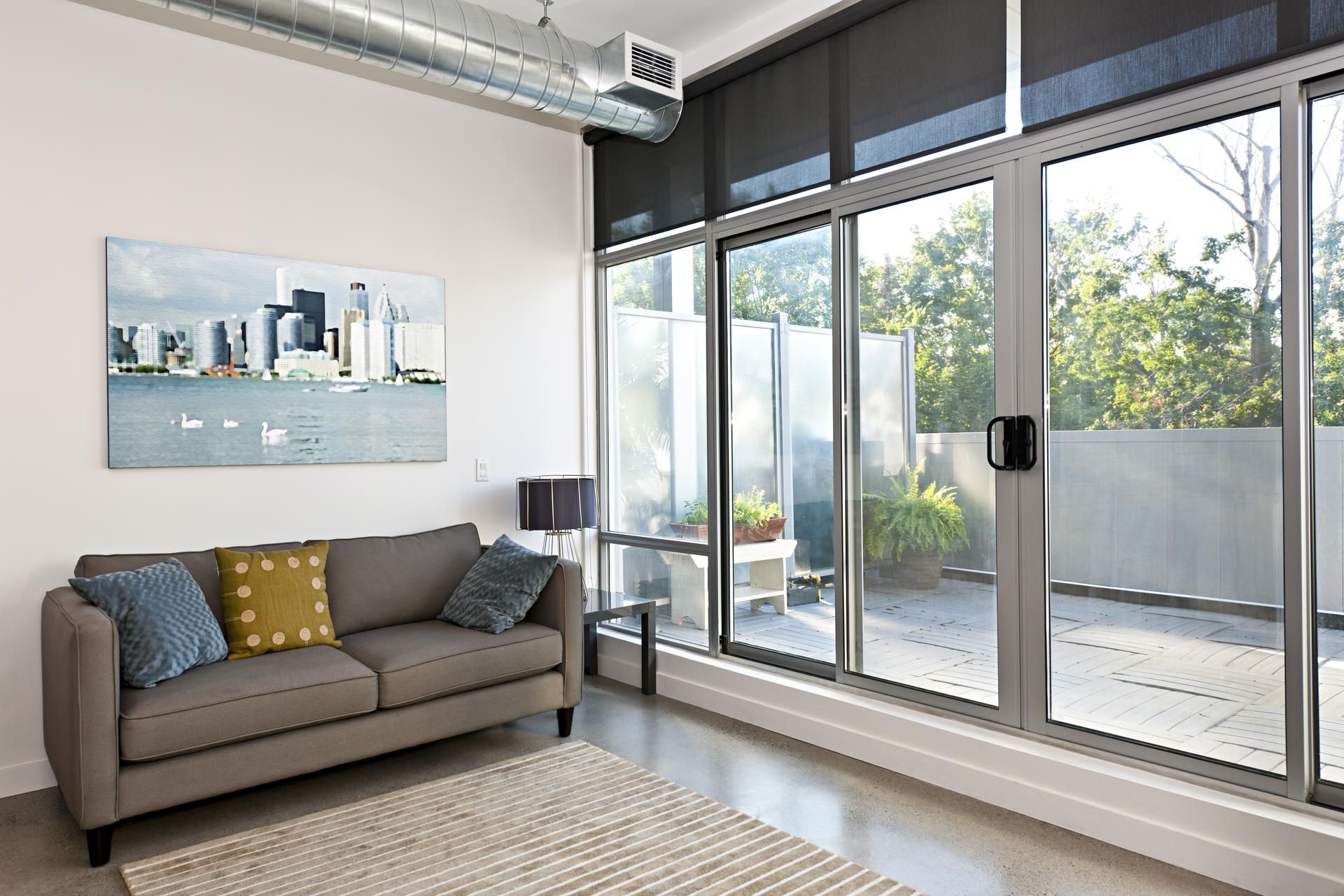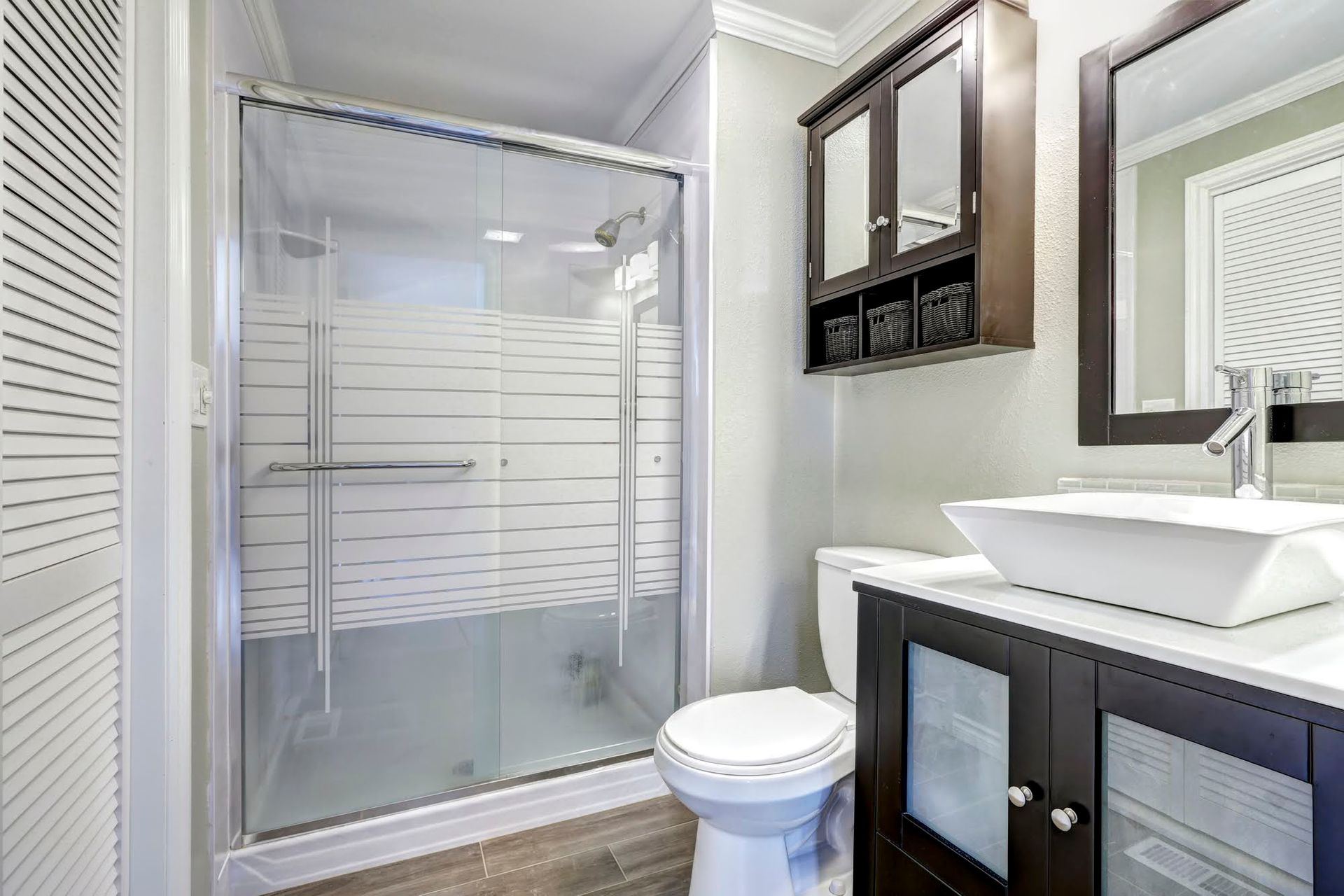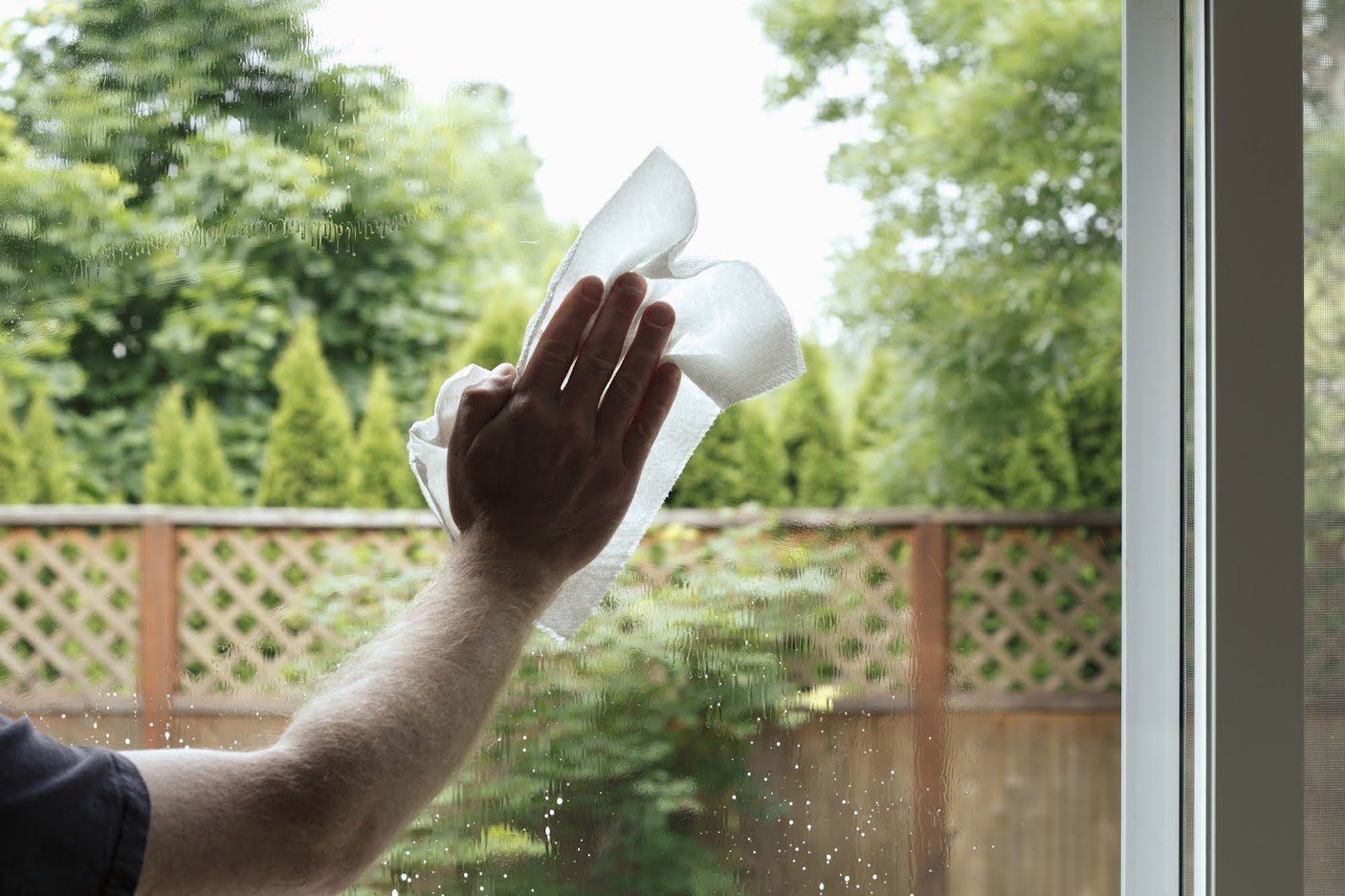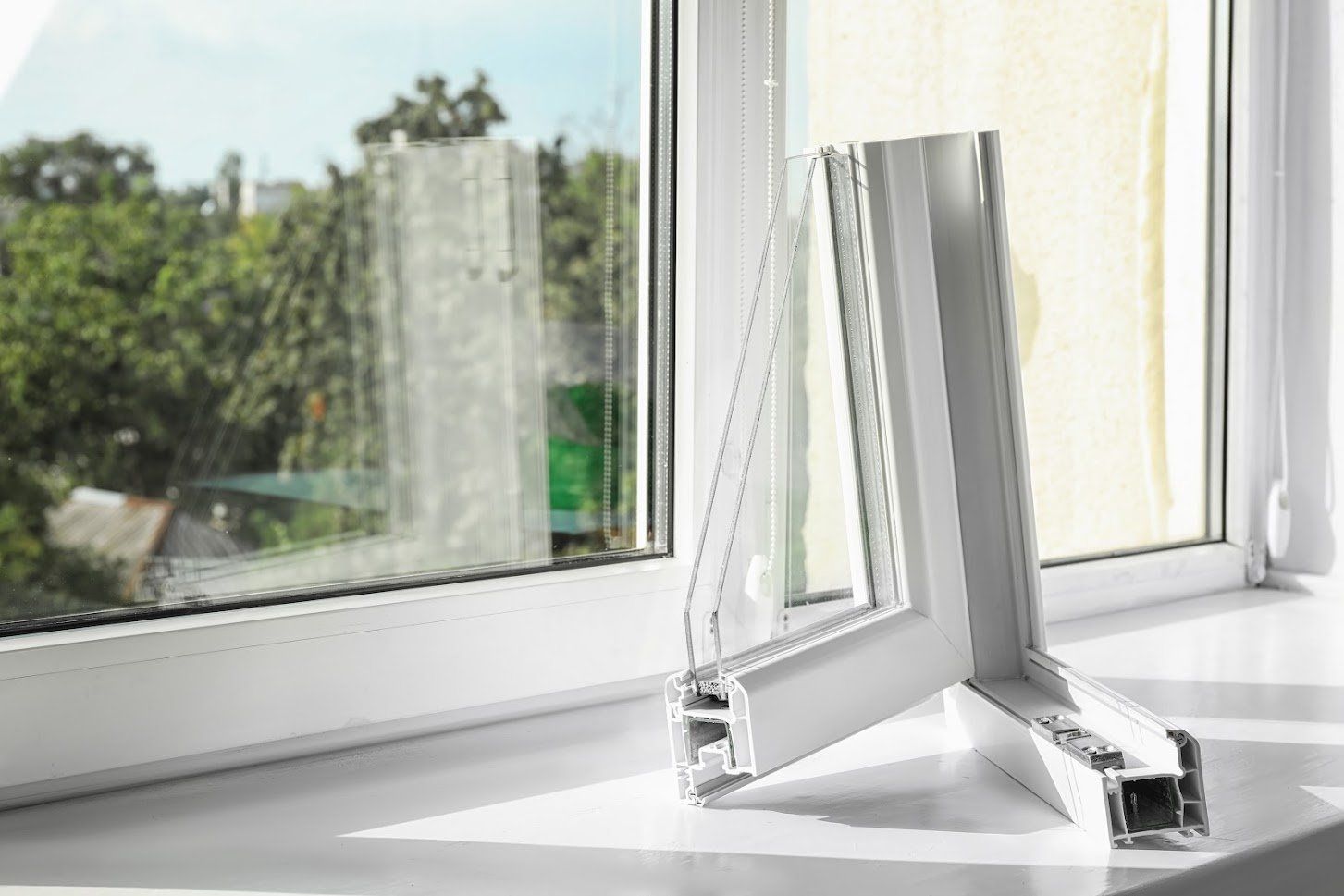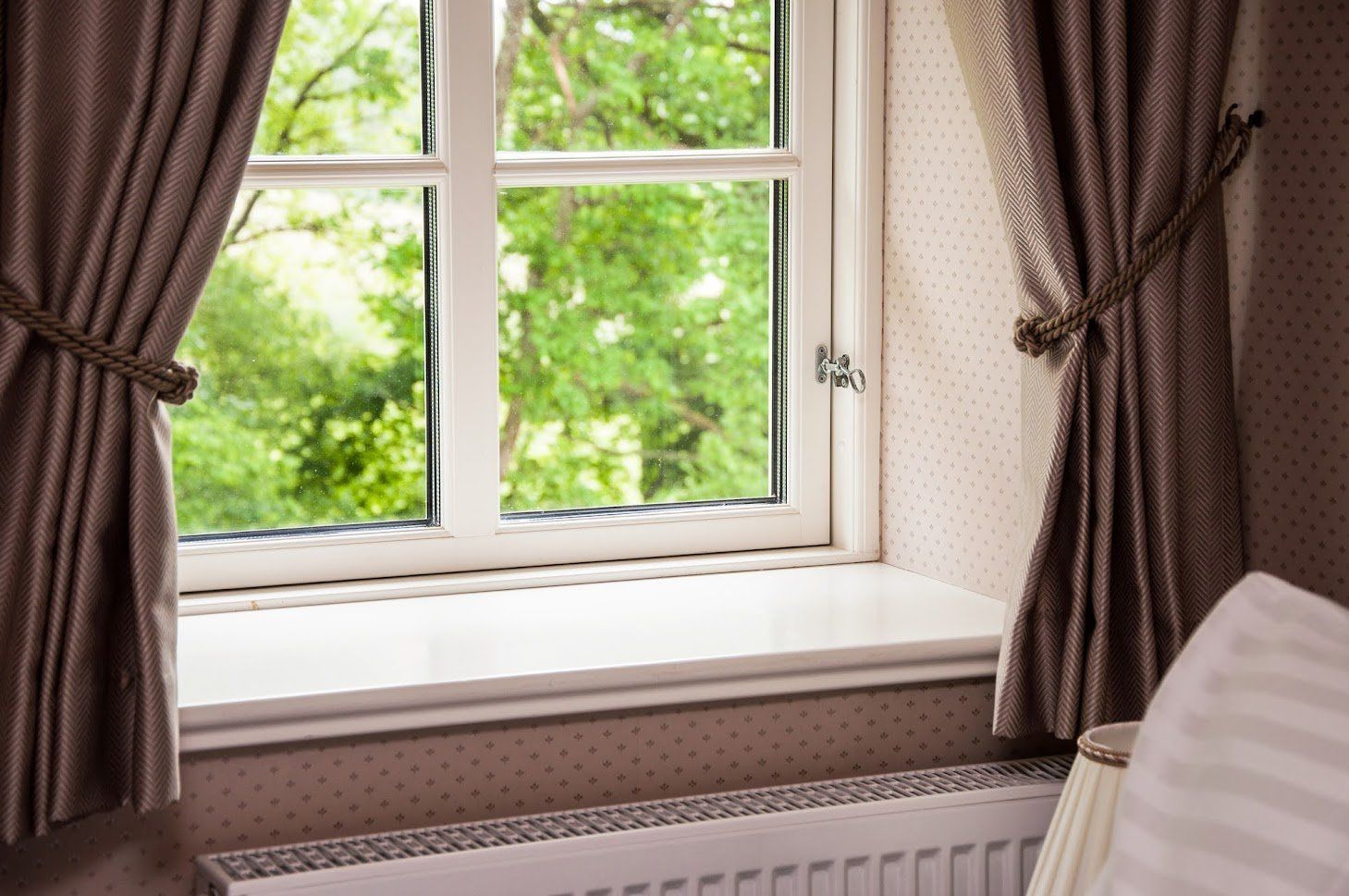Factors That Affect Energy Efficiency Ratings of a Window
This is a subtitle for your new post
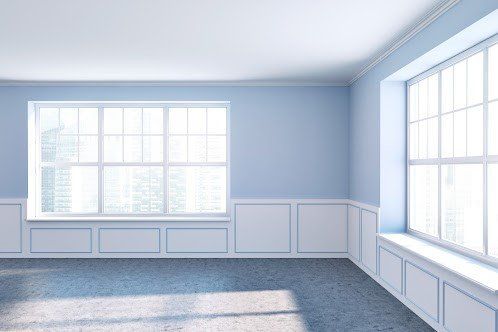
Energy inefficient windows lose some of the power you use to warm and cool your premises. On the other hand, energy-efficient windows save energy and finances. When you install or replace your windows, you should consider their energy performance ratings.
Energy performance ratings are a measure of your windows' energy efficiency. The windows rating system enlightens you on the amount of air that leaks from your windows and the quantity of heat and light your window can transmit. That way, you can predict the probable change in power bills when you install new windows.
The National Fenestration Rating Council (NFRC) provides five measures that help you determine your windows' energy efficiency. The measures are as discussed below.
U-Factor
The U-factor gauges the heat loss rate and is a significant factor for premises that require a heating system to ensure a comfortable home. The higher your window resists heat flow, the better the insulation.
NFRC considers the entire window to measure U-factor — spacers, frames, and glass. A higher U-factor number indicates poor performance, while a lower one means the window effectively keeps heat in your premises. You can improve the rating if you use non-metallic materials such as fiberglass, wood, or vinyl instead of aluminum frames.
Sometimes, NFRC references the center-of-glass U-factor, i.e., how the glass alone performs with the exclusion of the frames. For example, the U-factor center is higher in most energy-efficient windows than the whole window U-factor.
Solar Heat Gain Coefficient (SHGC)
SHGC is the solar radiation your windows allow inside, and it ranges from 0-1. A lower number means your windows transmit less solar and are more effective when warm outside.
Solar heat gain warms the house in winter but can overheat it in summer. Thus, the appropriate balance for a favorable SHGC depends on orientation, climate, shade, and other factors.
Visible Transmittance (VT)
Also known as visible light transmittance (VLT), VT is an optical feature that indicates how much light your window lets inside. Like SHGC, the range is from 0-1. A higher number means more light transmission into your premises hence the rooms will be brightly lit. During the daytime, you will not need to use artificial lights.
The type of glass, coat, and the number of panes influence VT. The value of most double and triple-pane windows is 0.30 - 0.70. Low-emittance coats — those that control heat transfer within the insulated glass — somewhat decrease this value, whereas tint causes a substantial decrease.
NFRC rates VT as the whole window and encompasses the impact of frames that don't transmit visible light. Experts recommend VT levels higher than 70% if you choose your windows based on performance. A window is efficient if its AL is 0.3 or lower.
Air Leakage (AL)
Heat loss and gain happen via infiltration through window assembly cracks. You can measure AL by the amount of air in cubic feet per meter that passes through a square foot under a specified pressure. Infiltration varies moderately with thermal-driven and wind-driven pressure changes.
A lower number indicates that less air passes through the cracks. Air leakage raises the interior humidity levels and cools your premises in summer. However, AL can change with time as materials contract, expand, and warp.
Condensation Resistance (CR)
CR measures how efficiently a window resists moisture formation on the interior side. Condensation resistance ranges from 1-100. A lower number indicates that your windows allow condensation to build up.
Too much moisture can result in discoloration or mold growth. CR is optional on the NFRC label.
Conclusion
You need to know the energy-efficient indicators that guide you to select the right window for your home or business premises. Check the ratings as discussed above with your windows contractor. At Bob's Glass, we ensure you get what's best for you.

